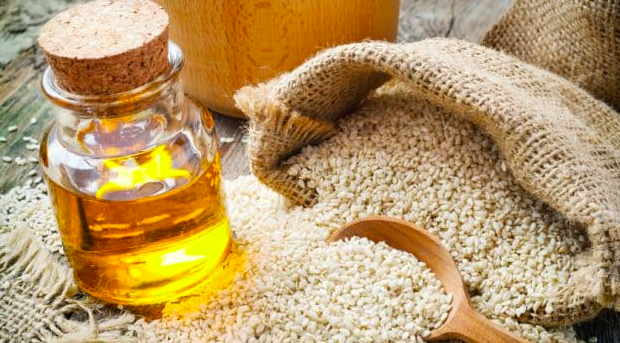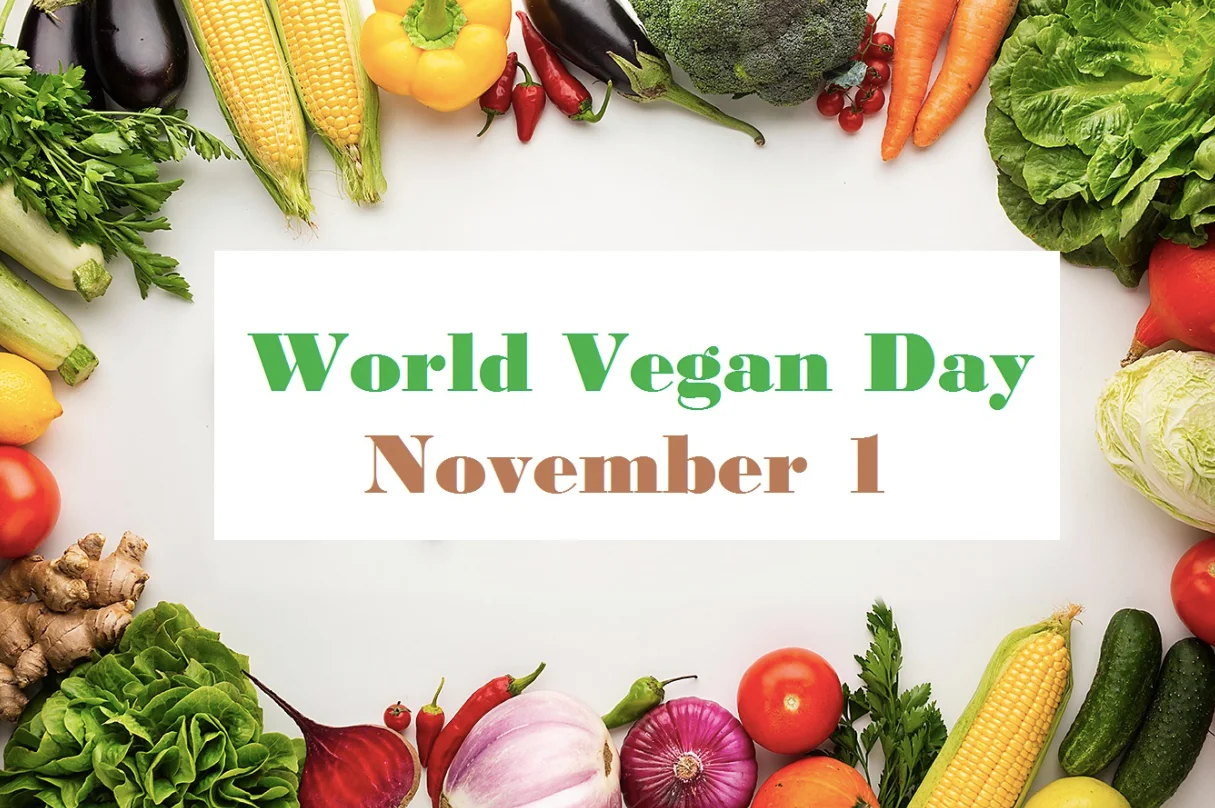Sesame oil and gingelly oil are not the same, despite the fact that people frequently confuse them. Til oil and Indian sesame oil are other names for gingelly oil.
The parent seed for both sesame and gingelly oil is Sesamum Indicum. The difference is in how the seed is handled before extracting the oils. Sesame oil extraction is done using the cold extraction method, while gingelly oil is extraction is done at a higher temperature.
Exploring Gingelly Oil
Gingelly oil is amber in colour because the extraction is done from raw sesame seeds at high temperatures.
Due to its low smoking point, gingelly oil is suitable for shallow frying, stir-frying, salad dressing, and marinating. Additionally, add it to the ffod just before serving so that its flavours are best absorbed.
Here are a few health benefits of Gingelly oil:
- It is a nutrient-rich source of vitamins and minerals like iron, vitamin E, and the B-complex, all of which are necessary for maintaining good health. Phytosterols, lignans, sesamol, and zinc are all present in this oil. Sesamol, a potent antioxidant found in gingelly oil, aids in the body’s defence against toxins.
- The beneficial fatty acids in the oil can help lower blood levels of bad cholesterol, which lowers the risk of heart disease.
- Gingelly oil made from sesame seeds contains antioxidants that can strengthen the immune system by fending off dangerous free radicals that can harm cells.
- It contains a lot of calcium, magnesium, and other essential minerals for maintaining healthy bones and preventing osteoporosis.
- People with diabetes can benefit from the gingelly oil’s healthy fatty acids’ ability to control blood sugar levels.One of the most practical health advantages of gingelly oil is this.
- By battling dangerous free radicals in the body, the antioxidants in the oil can help prevent cell damage and lower the risk of cancer.

Exploring Sesame Oil
Sesame oil is edible vegetable oil. Its extraction is done using cold-pressed techniques from raw sesame seeds. It has a 450°F smoke point.
While toasted sesame oil, which is stronger in flavour and darker in colour, is used to flavour a variety of foods, light sesame oil, also known as plain or white sesame oil, is typically used as a neutral cooking oil.
Here are a few possible health advantages of sesame oil:
- It contains stearic acid, palmitic acid, linoleic acid, and oleic acid. However, vitamin K is the primary component of this oil.
- Sesame oil is used as a traditional remedy for joint pain in some parts of the world. In a study published in 2019, researchers compared the efficacy of sesame oil and the NSAID diclofenac gel in treating knee arthritis.
- The practise of oil pulling entails swishing oil around in the mouth for 20 minutes before spitting it out. Oil pulling advocates assert that it improves oral health by removing and eliminating harmful bacteria from the mouth.
- Sesame oil is beneficial for skin, the scalp, and hair growth. It has the ability to shield the skin from damaging UV rays. You must first perform a patch test before using this on your skin, though.
What distinguishes gingelly oil from sesame oil?
Sesame oil and gingelly oil are frequently confused, but they are not the same.
Compared to gingelly oil, sesame oil has a lighter golden hue.
The main distinction between gingelly oil and sesame oil is that sesame oil is extracted using the cold extraction method, whereas gingelly oil is extracted at a higher temperature.
Due to the oil’s smoke point, the biggest difference is usually noticeable when it is used for cooking. Gingelly oil can be used in stir-fried foods and meals because it has a low smoke point. To give food a tonne of flavours, it’s best to add it towards the end of the cooking process!
Sesame seeds are only subjected to pressure during the cold-pressed extraction process to obtain sesame oil. At no point during the extraction process is heat applied. As a result, the oil has the richest nutrient profile of all the types and the majority of its nutrients are preserved during the extraction process. Despite taking longer than other methods, the oil produced is said to be of higher quality.
The Bottom Line – Gingelly Oil vs Sesame Oil
Indian sesame oil is gingelly oil. It has a low smoking point and is amber in colour because it is extracted at a high temperature. Vegetable oil that is edible is sesame oil. It is cold-pressed to extract it, and the result is a light yellow liquid. Since it has a high smoking point, deep frying uses it. You must be careful not to eat more calories than you need because both of these oils have high calorie counts.
Read more:
What is Barley Rice? Its Amazing Health Benefits and more
What is Castor oil? Interesting Arandi Oil Uses and more
चीनी के प्राकृतिक विकल्प: Sugar Substitutes in Hindi





